Picture this: You’ve planned the perfect retirement road trip.
You’ve got your senior discount cards ready and comfortable walking shoes laced up.
Then you discover your dream destination requires a bush pilot license and survival training.
These parks make visiting your in-laws seem like a vacation.
1. Gates of the Arctic National Park, Alaska
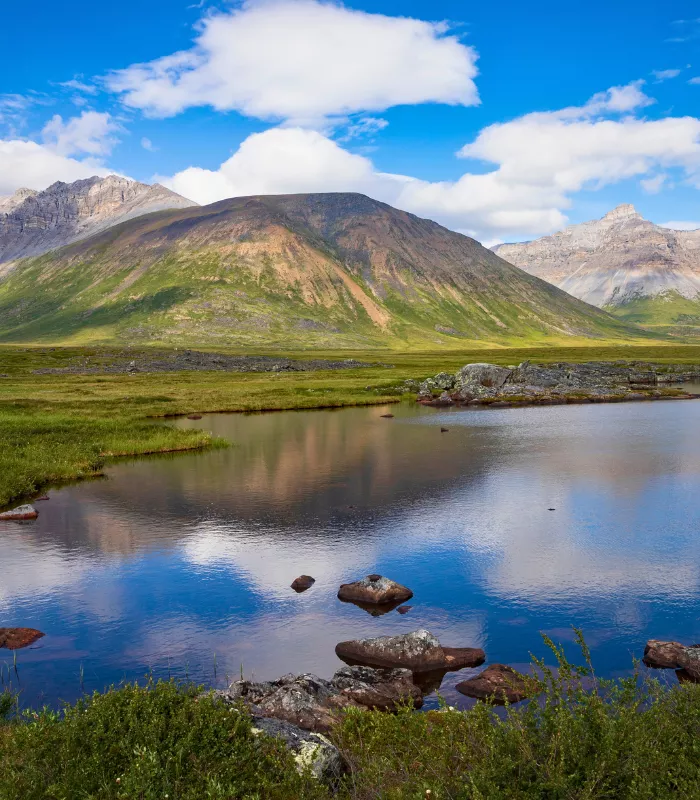
This massive park covers over 8 million acres of pure wilderness. It’s the second-largest national park in America.
But here’s the catch – only 11,907 people visited in 2024. That makes it the least visited park in the entire system.
There are no roads, no trails, and no visitor centers. You’ll need to fly in by bush plane or hike for days just to reach the entrance.
Why It’s On This List: Winter temperatures drop to -50°F and there’s literally no infrastructure to help visitors.
2. North Cascades National Park, Washington
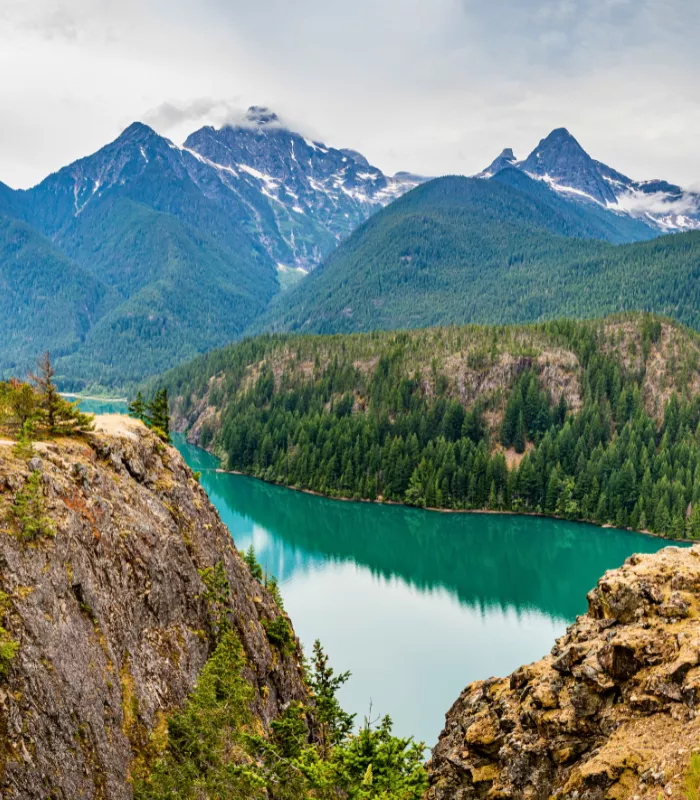
This park sits just two hours from Seattle but feels like another planet. It’s home to over 300 glaciers and jagged mountain peaks.
Despite its stunning beauty, only 16,485 people visited in 2024. That’s fewer visitors than some shopping malls get in a weekend.
The park is nicknamed the “American Alps” for good reason. But here’s the deal – most of the park is completely inaccessible to casual hikers.
Why It’s On This List: The terrain is so rugged that 93% of the park remains untouched wilderness with no developed trails.
3. Kobuk Valley National Park, Alaska
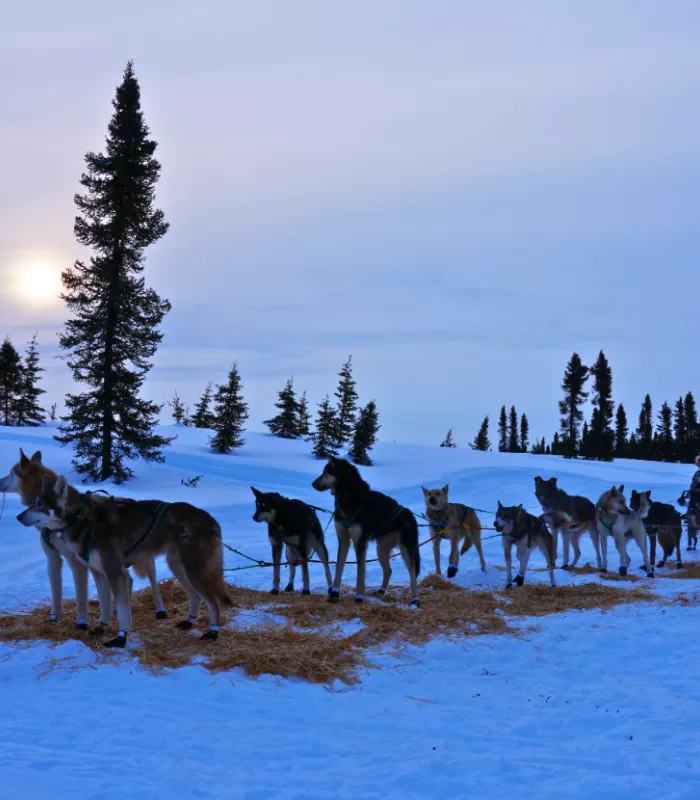
This park protects 25 square miles of sand dunes in the Arctic. Yes, you read that right – sand dunes in Alaska.
The Great Kobuk Sand Dunes rise 100 feet high and stretch for miles. Only 17,233 people made the journey in 2024.
You can only reach this park by chartered plane or boat. There are no roads leading anywhere near it.
Why It’s On This List: The park has no facilities, no trails, and no cell phone service – you’re completely on your own.
4. Lake Clark National Park, Alaska
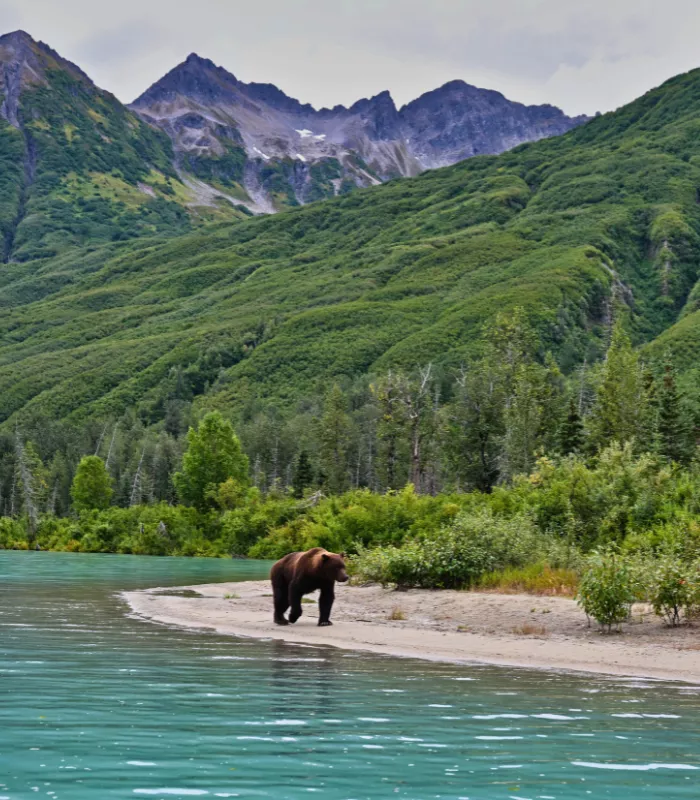
This park spans 4 million acres of pristine wilderness. It’s home to active volcanoes, massive glaciers, and crystal-clear lakes.
Brown bears roam freely here, and the salmon runs are legendary. But only 18,505 visitors experienced it in 2024.
The park has no road access whatsoever. You’ll need to charter a small plane from Anchorage to get there.
Why It’s On This List: Weather conditions can change in minutes, and rescue operations are extremely difficult due to the remote location.
5. National Park of American Samoa

This tropical paradise sits 2,600 miles southwest of Hawaii. It’s the only national park south of the equator.
The park protects ancient rainforests and pristine coral reefs. Flying foxes with six-foot wingspans soar overhead.
But here’s the catch – getting there requires multiple flights and costs thousands of dollars. Only 22,567 people visited in 2024.
Why It’s On This List: The extreme distance and travel costs make it nearly impossible for most Americans to visit.
6. Isle Royale National Park, Michigan
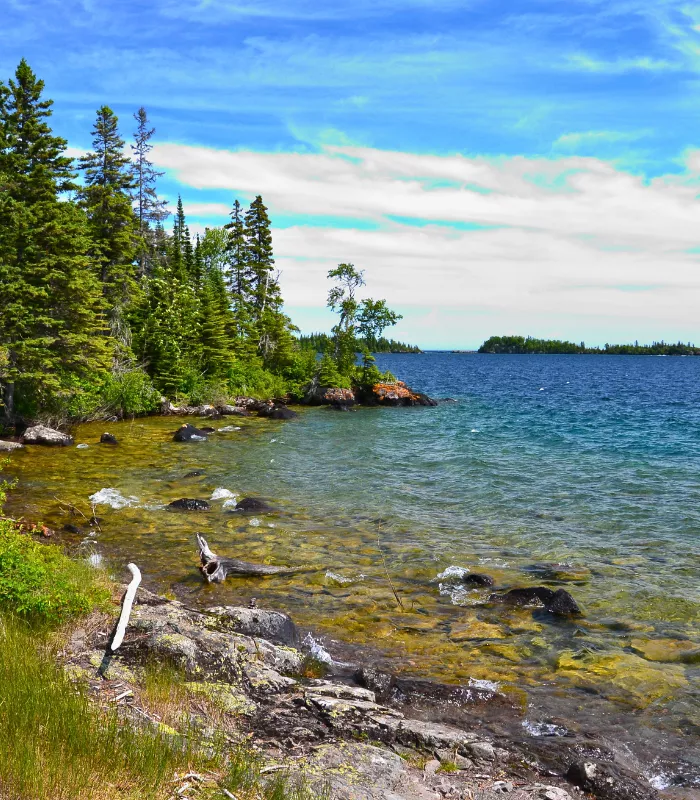
This island park sits in the middle of Lake Superior. It’s home to the longest-running wolf study in the world.
The island is 45 miles long and completely car-free. Moose and wolves roam the wilderness freely.
You can only reach it by ferry or seaplane. The ferry ride takes 3-6 hours depending on your departure point.
Why It’s On This List: The park is only accessible from May to October, and you need to plan months in advance for transportation.
7. Katmai National Park, Alaska
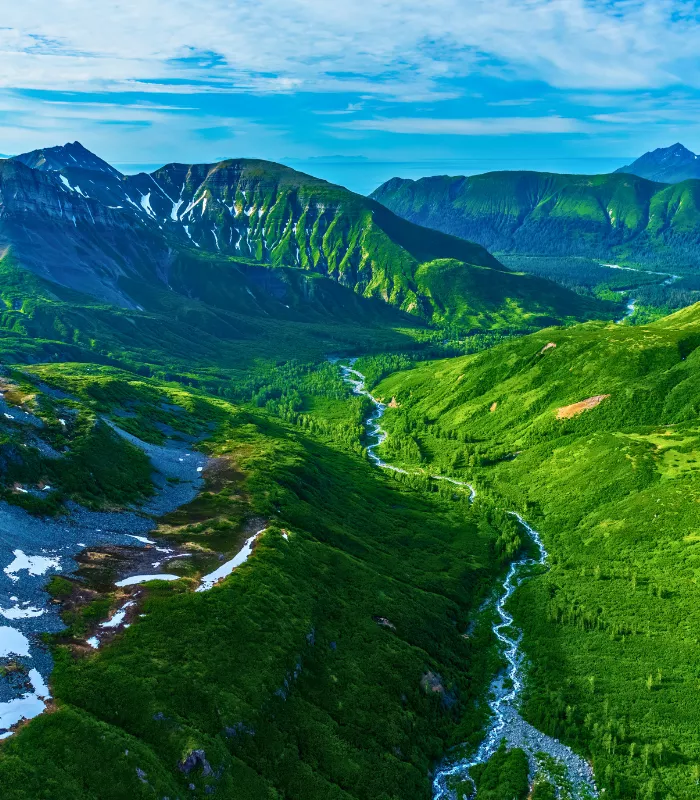
This park is famous for its massive brown bears catching salmon at Brooks Falls. The bears can weigh up to 1,000 pounds.
Over 2,000 brown bears call this park home. That’s one of the highest concentrations in the world.
But here’s the deal – you can only reach the park by expensive charter flights. Most visitors pay $500+ just for transportation.
Why It’s On This List: The high costs and limited access mean only 36,230 people experienced the famous bear viewing in 2024.
8. Wrangell-St. Elias National Park, Alaska

This is America’s largest national park at 13.2 million acres. It’s bigger than Switzerland and contains 9 of the 16 highest peaks in the US.
The park has more glaciers than anywhere else in North America. Some glaciers are over 100 miles long.
You’re better off having serious wilderness experience before visiting. The park is larger than many entire states.
Why It’s On This List: The sheer size and lack of infrastructure make it overwhelming for most visitors – only 81,670 people attempted it in 2024.
9. Dry Tortugas National Park, Florida
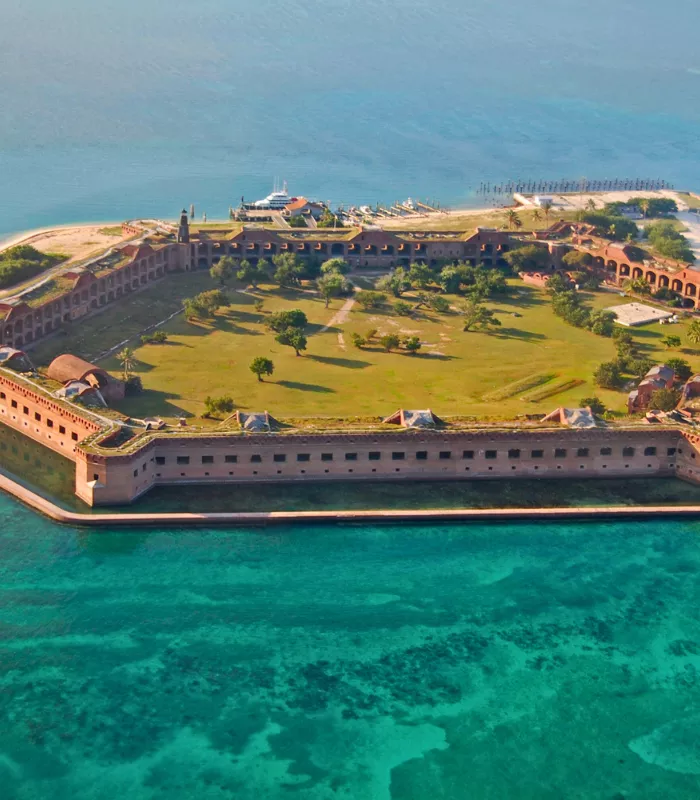
This park consists of seven small islands 70 miles west of Key West. You can only reach it by boat or seaplane.
The park protects a massive 19th-century fortress and pristine coral reefs. Sea turtles nest on the beaches.
But here’s the catch – the ferry ride takes 2.5 hours each way and costs over $200 per person.
Why It’s On This List: The remote location and expensive transportation keep visitor numbers low at just 84,873 in 2024.
10. Great Basin National Park, Nevada
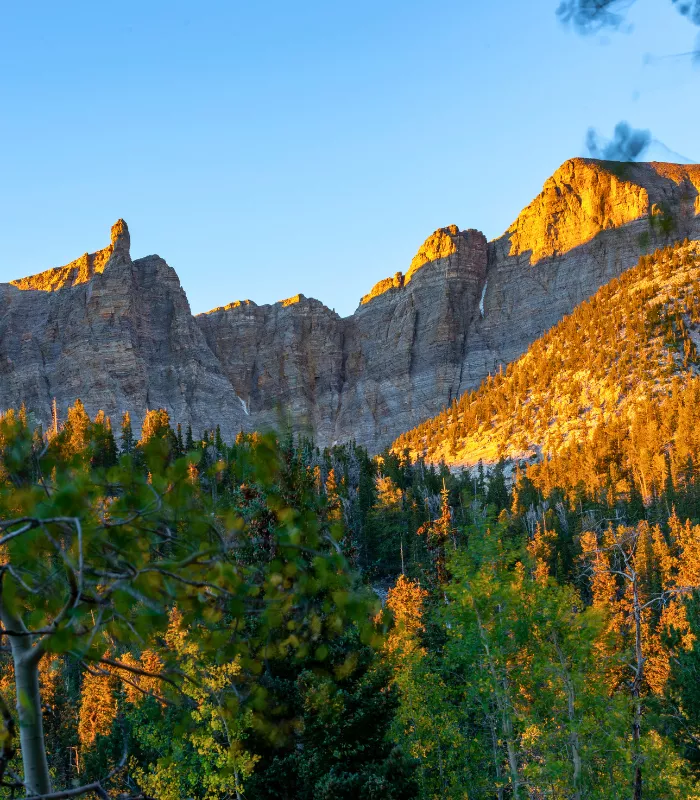
This park sits in the middle of nowhere Nevada, 5 hours from Las Vegas. It protects ancient bristlecone pine trees over 4,000 years old.
The park has some of the darkest night skies in America. You can see the Milky Way with your naked eye.
Lehman Caves offers underground tours through stunning limestone formations. But most people drive right past without stopping.
Why It’s On This List: The isolated location and lack of nearby attractions mean only 152,068 visitors discovered this hidden gem in 2024.
11. Congaree National Park, South Carolina
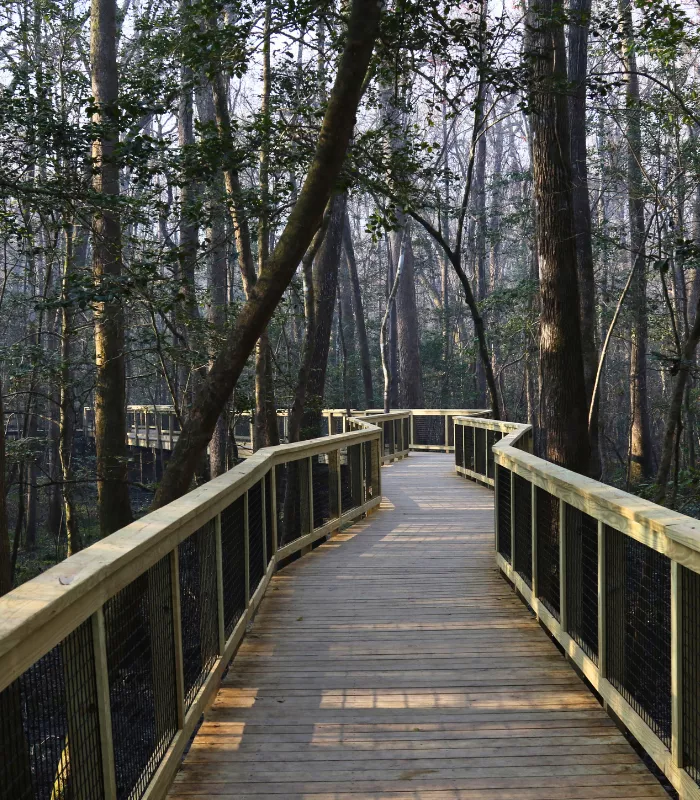
This park protects the largest intact expanse of old growth bottomland hardwood forest in the US. Some trees tower over 130 feet tall.
The park is famous for its synchronous fireflies that blink in unison during late spring. It’s one of only a few places in North America where this happens.
But here’s the deal – the park sits in a floodplain that’s often underwater. Mosquitoes are legendary here during summer months.
Why It’s On This List: The oppressive humidity, massive mosquito swarms, and frequent flooding make it miserable for most visitors.
12. Channel Islands National Park, California
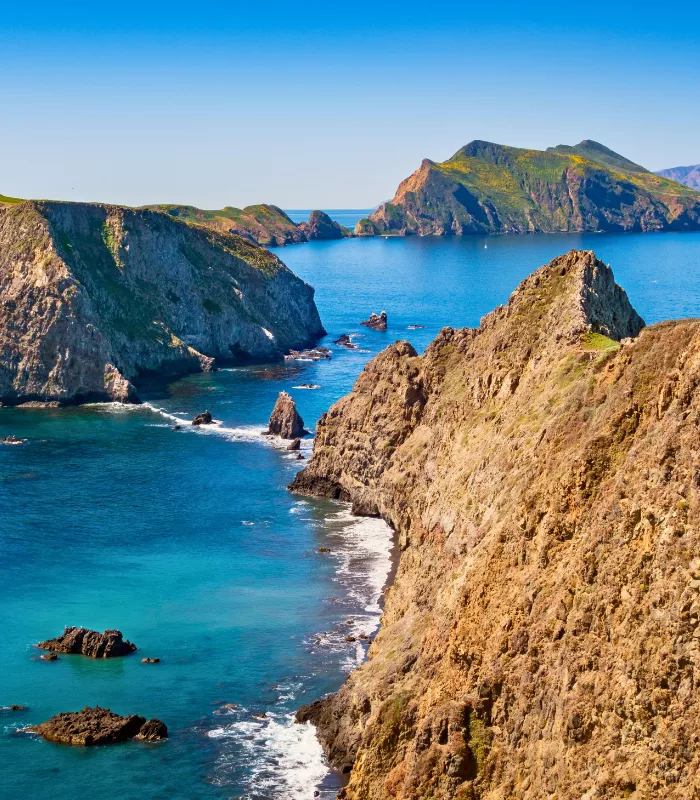
These five islands off the California coast are called “America’s Galapagos.” They’re home to 150 species found nowhere else on Earth.
The islands were isolated for millions of years, creating unique wildlife like island foxes and scrub jays. Sea lions and elephant seals crowd the beaches.
You can only reach the islands by boat or plane. The ferry ride takes 1-3 hours depending on which island you visit.
Why It’s On This List: Rough seas make many visitors seasick, and unpredictable weather often cancels trips entirely.
13. Guadalupe Mountains National Park, Texas

This park contains the highest peak in Texas at 8,751 feet. The mountains rise dramatically from the Chihuahuan Desert floor.
The park protects an ancient fossil reef from when this area was covered by ocean. You can see marine fossils embedded in the limestone.
But here’s the catch – there’s no water available in the backcountry. You must carry every drop you need for hiking.
Why It’s On This List: Extreme heat, no shade, and brutal desert conditions make hiking dangerous for unprepared visitors.
14. Hot Springs National Park, Arkansas
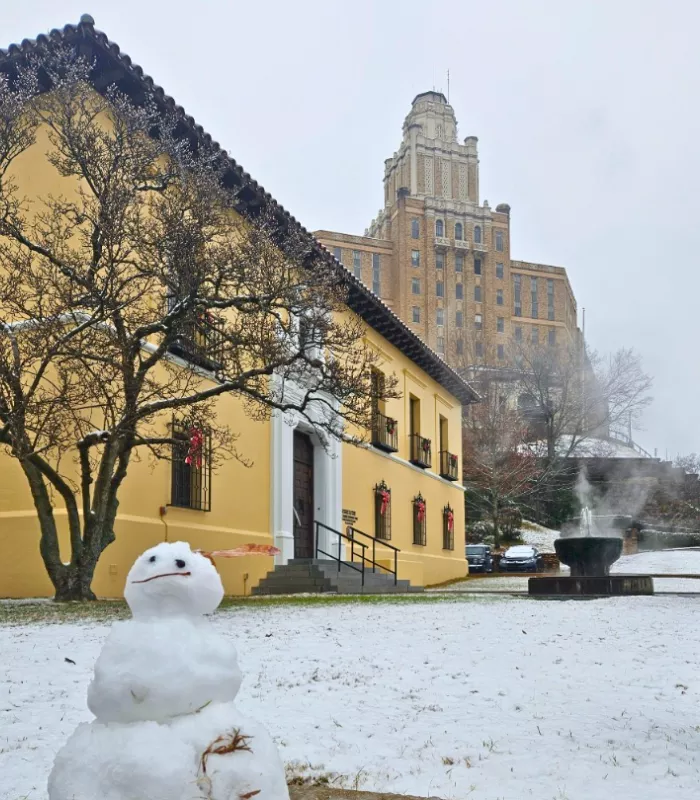
This is America’s smallest national park at just 5,500 acres. It sits right in the middle of downtown Hot Springs.
The park protects 47 natural hot springs that flow at 143°F. Native Americans considered these waters sacred for centuries.
You’re better off managing your expectations here. Most of the “wilderness” experience involves walking city streets.
Why It’s On This List: It feels more like a city park than a national park, with traffic noise and urban development everywhere.
15. Pinnacles National Park, California

This park protects the remains of an ancient volcano that’s been split in half. Massive rock formations create a maze of caves and canyons.
The park is home to endangered California condors with 10-foot wingspans. Only about 500 of these giant birds exist in the wild.
But here’s the deal – summer temperatures regularly exceed 100°F. The park has no through road connecting the east and west sides.
Why It’s On This List: Extreme heat makes hiking dangerous, and the confusing layout frustrates visitors trying to see both sides.
16. Black Canyon of the Gunnison National Park, Colorado

This canyon is so narrow and deep that some areas only get 33 minutes of sunlight per day. The walls drop 2,700 feet straight down.
The Gunnison River carved this canyon through some of the hardest rock on Earth. The process took 2 million years.
The canyon is only 40 feet wide at its narrowest point. Looking down into the abyss can trigger severe vertigo.
Why It’s On This List: The terrifying drop-offs and limited viewpoints make it unsuitable for anyone with a fear of heights.
17. Great Sand Dunes National Park, Colorado

These are the tallest sand dunes in North America, rising 750 feet high. The dunes cover 30 square miles of the San Luis Valley.
The sand can reach temperatures of 140°F in summer. That’s hot enough to cause second-degree burns on bare feet.
Medano Creek flows at the base of the dunes but only during snowmelt season. The rest of the year it’s completely dry.
Why It’s On This List: The scorching sand burns feet even through shoes, and climbing the dunes is exhausting at 8,200 feet elevation.
18. Voyageurs National Park, Minnesota
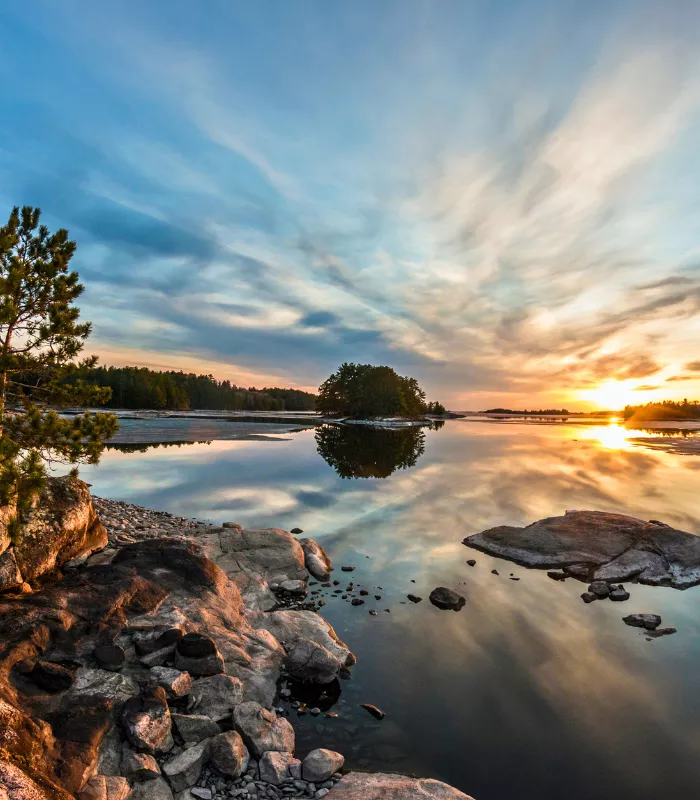
This water-based park consists of four large lakes connected by waterways. It sits right on the Canadian border.
The park is only accessible by boat, canoe, or floatplane. There are virtually no roads inside the park boundaries.
Winter temperatures drop to -40°F regularly. The lakes freeze solid for months, creating a completely different landscape.
Why It’s On This List: Most visitors need their own boat or expensive rentals, and brutal winters make it inaccessible half the year.
19. Crater Lake National Park, Oregon

This park protects the deepest lake in America at 1,943 feet deep. The lake fills the caldera of an ancient volcano.
The water is so pure you can see 30 feet down. The lake never freezes despite sitting at 6,200 feet elevation.
But here’s the catch – the park receives over 40 feet of snow annually. The rim drive is closed for 6-8 months each year.
Why It’s On This List: Heavy snowfall makes the park largely inaccessible from October to June, limiting the visiting season.
20. Badlands National Park, South Dakota

This park protects 244,000 acres of eroded buttes and spires. The landscape looks like an alien planet.
The rock formations contain fossils from 35 million years ago. Scientists have found saber-toothed cats and three-toed horses here.
Summer temperatures exceed 100°F with no shade anywhere. Winter brings blizzards and temperatures below -20°F.
Why It’s On This List: Extreme weather year-round and the desolate moonscape environment can feel depressing and overwhelming to many visitors.

I was just at New River Gorge should be very high on this list. Not much in the park itself and you have to go outside of the park to go from visitor center
Anyone who believes that death Valley should be on this list has not taken the time to explore all of the different aspects and terrains.
Death Valley National Park offers a diverse range of sights, from the stark beauty of Badwater Basin to the colorful Artists Palette and dramatic badlands at Zabriskie Point. Other notable sights include the Mesquite Flat Sand Dunes, Dante’s View, and the mysterious Racetrack Playa, known for its “sailing stones”.
If you think the death valley is boring, then you haven’t been there other than to just drive through on the road.
I have been to some of these parks and you are completely wrong about the beauty of some of these parks. I could name several examples, but for instance Death Valley. If you go in the late winter or early spring it is not crazy hot. It has many flowering plants, beautiful hikes, gorgeous layers of colors on the mountains, and stunning vista.
Of course, Death Valley is not a place for Summertime vacation. In the 60s I went during Spring Break from high school and had the best time. There is so much information on how Death Valley is “this” and “that”. It amazed me and we camped at a place called Furnace Creek. The small winding creek was hot water with fish that could only stand that temp. Again, I was fascinated.
I grew up near the Sanddunes Park in CO!!!! It was often our destination for picnics. In the spring, water flows down from the mountains and makes a great place for wading and splashing after climbing the dunes and sliding down them.
Black Canyon of the Gunnison is beautiful as is Crater Lake.
We loved Death Valley in the Spring and also Teddy Roosevelt NP! Agree with all others though!
May I point out the obvious, which is that National Parks are not theme parks. A large part of the reason they exist is for the preservation of unique, often fragile, areas along with the flora and fauna that occupy them. Moreover, even actual theme parks are often uncomfortably hot, cold, rainy, etc. so by this reasoning, Disneyworld is a failure.
I loved a lot of the parks on this list.
I have been to 8 of them and they were fabulous.
Not every park will suit every visitor and it is good to be prepared for Nature.
Our park system is diverse and amazing and
Calls to different people .
I wouldn’t miss Badlands,Crater Lake,Great Sandunes NP, or Black canyon of the Gunnison 😊👍
While Zion has the topography, it has the most anti visitor administration and policy, blocked parking areas to the best view in the park is from a bridge marked no walking on bridge
Black Canyon of the Gunnison is AWESOME!! Don’t miss it, Everyone!! Dr. J. Moss Dekalb, Ill.